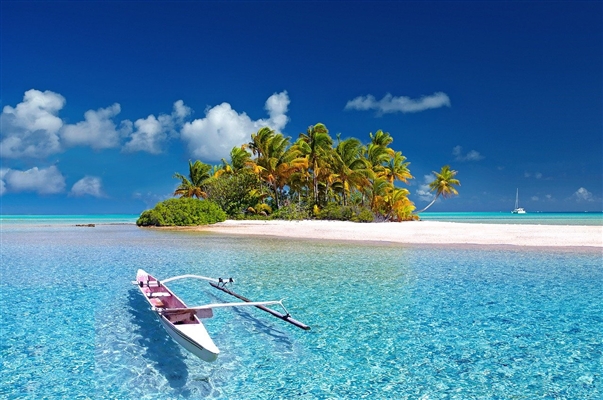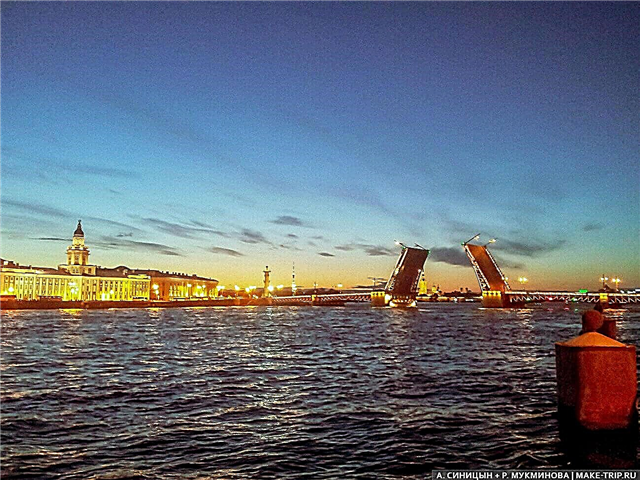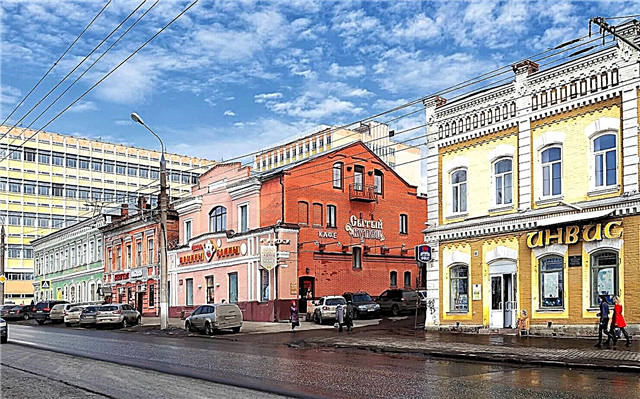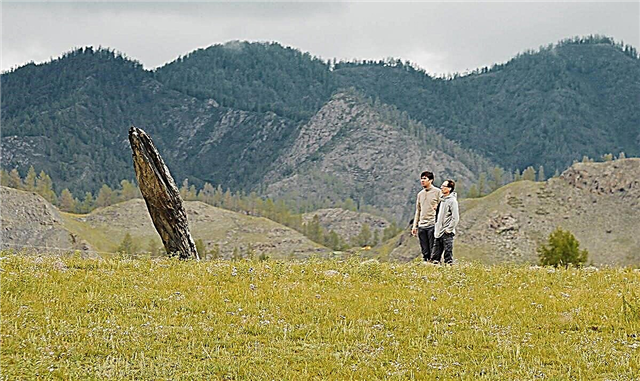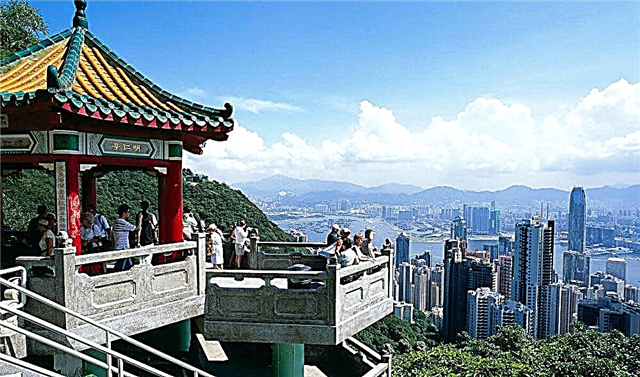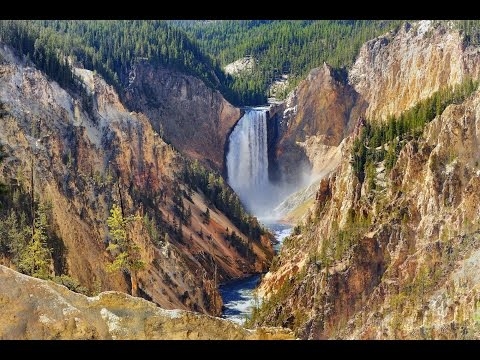What is it, an American supervolcano? Our mini-report with photos, videos and all passwords.
Yellowstone National Park, which attracts tourists with its magical beauty, is increasingly getting the latest news on channels around the world. On camera, he bewitches and creates the illusion of unreality, but in life he causes a lot of controversy in the scientific community regarding the likelihood of a volcanic eruption.
Not long ago, we visited Yellowstone and filmed our release from this park. We suggest you get a dose of visual pleasure before plunging into the details! Subscribe to the channel, if you like it, support our endeavors. 🙂
Where is Yellowstone Volcano located?
The reserve covers vast areas of more than 860,000 hectares in the states of Montana, Wyoming and Idaho. On the map, Yellowstone (the translation of the name from English sounds like "yellow stone") can be found next to the Rocky Mountains.
About 640 thousand years ago, in the present territory of the United States, as a result of the eruption of the Yellowstone volcano, a gigantic caldera was formed. Gradually, a plateau appeared at this place, shrouded in steam, where geysers, hot springs and mud fountains gush out of the ground.
Among the North American Indians there have long been legends about the "land of smoke and water", and in the second half of the 19th century, scientific expeditions began to go to this mysterious land. The research resulted in the foundation of the first US national park in 1872. In the late seventies, it was added to the UNESCO heritage list.
Yellowstone Caldera. Possible eruption of Yellowstone volcano
The recent earthquakes provoked a situation in which the supervolcano began to wake up, and today all the news is full of information about the threat of a global catastrophe. There is something to worry about, because the scale is really amazing.
The caldera of the Yellowstone Volcano is 55 km wide and 72 km long. If the eruption occurs, scientists predict the onset of a "volcanic winter", the disappearance of part of North America in the ocean abyss and devastating tsunamis that will cover Europe and Japan. "Passions" are also heated up through TV screens. In 2009, director Roland Emmerich filmed the disaster movie 2012, where the Mayan end of the world was predicted by the eruption of the Yellowstone volcano.
When will the Yellowstone volcano explode?
Of course, the last - and maybe the first - the word is always for scientists. However, a few years ago, they argued that the explosion could occur not earlier than in 20,000 years, and now they are reconsidering their opinion.
In the light of recent events, hypotheses about the likelihood of a catastrophe in the coming years are often voiced. The assumptions are based on objective reasons:
- the water temperature has increased by 20 degrees,
- after 100 years of "hibernation", some geysers have reminded of themselves,
- earthquakes have become more frequent in the caldera,
- animals began to leave the reserve,
- online webcams regularly capture black steam.
Animals and plants
The American National Park is interesting for flora and fauna. 1870 plant species grow on its territory, 1700 of them you will not see anywhere else. Eighty percent of the forests are coniferous trees, while hardwoods include aspen, birch and willow.
The reserve is home to about 60 species of mammals, including bison, black-tailed deer and wapiti, elk, snow goats, pronghorns, grizzly and baribal bears, Mackenzian wolves, coyotes, wolverines, lynxes and cougars. The Yellowstone bison livestock is about 4,000 animals, and wild cats can be counted in units.
More than 300 species of birds nest in the park, including: American crane, pelican, bald eagle.
Park entrance fee
The fee for visiting Yellowstone is fixed - for one car and all passengers, a ticket for 7 days will cost $ 50 per car, it is valid for a year. As we understood, this amount also includes the passage to the territory of another park located 16 km from the volcano - Grand Teton.
Places in hotels from May to the end of September should be booked in advance (as this is the tourist season).
What hotels to stay in?
From our experience, the most preferred hotels in Yellowstone - with the best value for money - are:
- Green geek
- Motor inn
What do you need to know before visiting the national park?
For the convenience of tourists, when entering the territory, guidebooks are issued, without which it is simply impossible to navigate the vast space. Around the park there is a 150 km bypass asphalt road; marked trails and bike paths are laid throughout the reserve.
Travel tips:
- Yellowstone is very large, and it costs 2-3 full days to devote to it;
- Officially, the "high" season is from May to September. Unofficially - in September the weather is already getting worse (we entered the park on a cloudy autumn day, and after 24 hours we left in a whirlwind of a blizzard);
- In late summer and autumn, there is a chance of forest fires (but this will not prevent snow from falling). In December and January, access to some areas may be limited, some roads are blocked and allowed only with chains;
- A strict ban on hunting and mountaineering, fishing is possible with a license;
- Pets can only be walked on a leash in campsites, near information centers and on roadsides;
- While in the park, grizzly bears are quite difficult to meet. We have personally seen deer, elk and buffalo.
What to see in Yellowstone Park?
We painted our route under the video, and, in principle, it was not distinguished by originality: geysers → Great Prismatic Spring → Old Faithful → Volcanic Lake Yellowstone → Upper and Lower Waterfalls.
The main attractions in Yellowstone National Park are geysers.
- The steamer (Steamboat Geyser) is the largest and most unpredictable: at a time it can throw up to 5,000 tons of boiling water at intervals from four days to half a century.
- Excelsior, located in the center of a mountain lake: a fountain bursts out 90 meters with a roar, shaking the ground.
- Old Faithful Geyser (Old Faithful) is the most "touristy" one. To take a photo against its background, it is enough to stay for a maximum of a couple of hours, and sometimes even 30 minutes is enough.
But geysers are not all that can be seen in the park.
- In the center of the reserve is the mysterious Yellowstone Lake with black volcanic sand: ebb and flow occur simultaneously here, and the coastline changes every time, often resembling zigzags.
- There are 290 waterfalls throughout the territory. The Lower Waterfall is impressive, its height reaches 95 meters.
- The "Martian" and extremely picturesque Great Prismatic Spring with a bright orange border. The spring water changes shades from yellow to sky blue. Iridescent tints differ at different times of the year: in summer they are orange-red, and in the cold season - blue-green. This place struck us the most, but all the beauty, alas, can be seen exclusively from above. At the level of human eyes, it is just a smoking something, but from above it is a miracle of the planet Earth.



